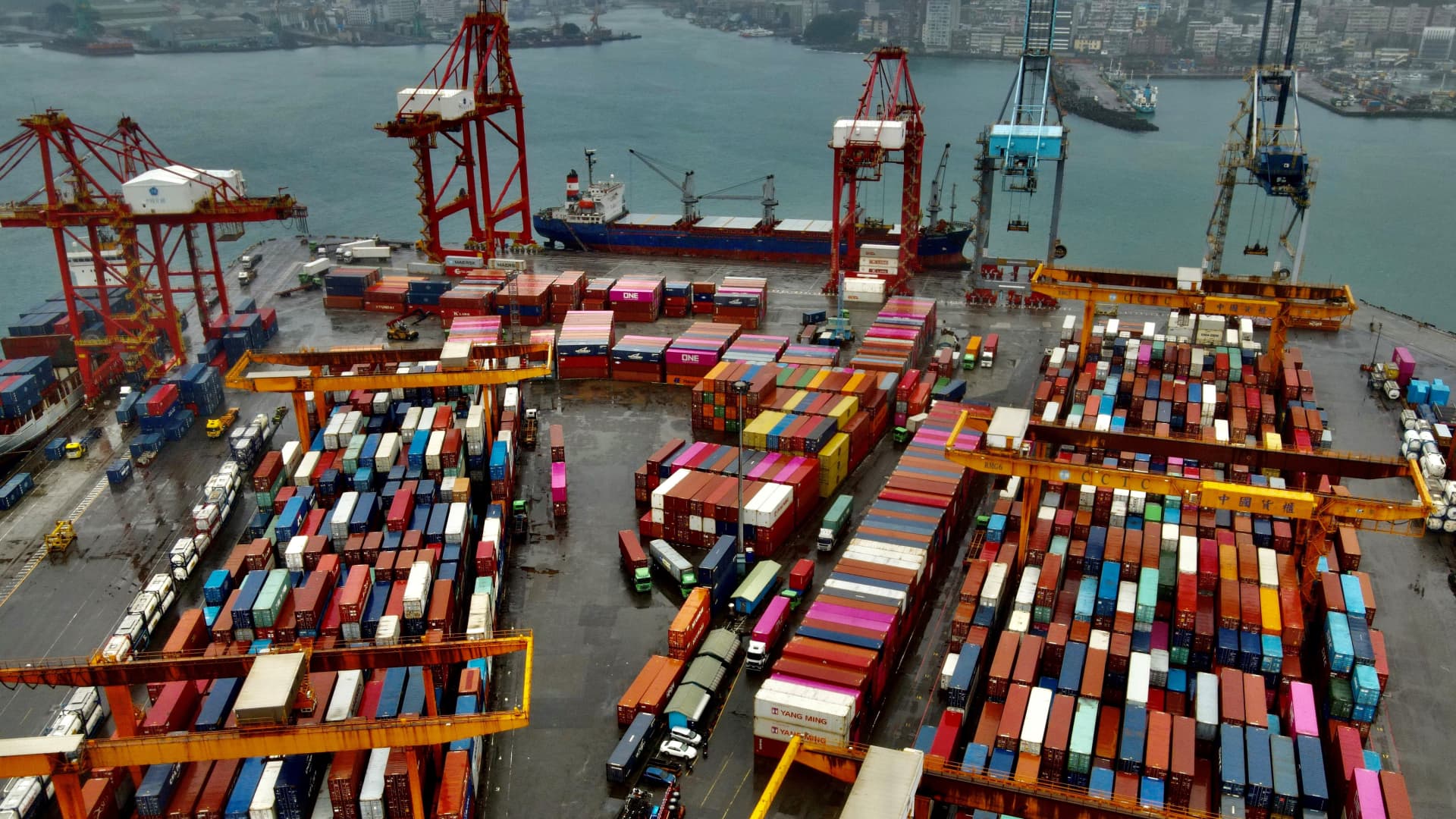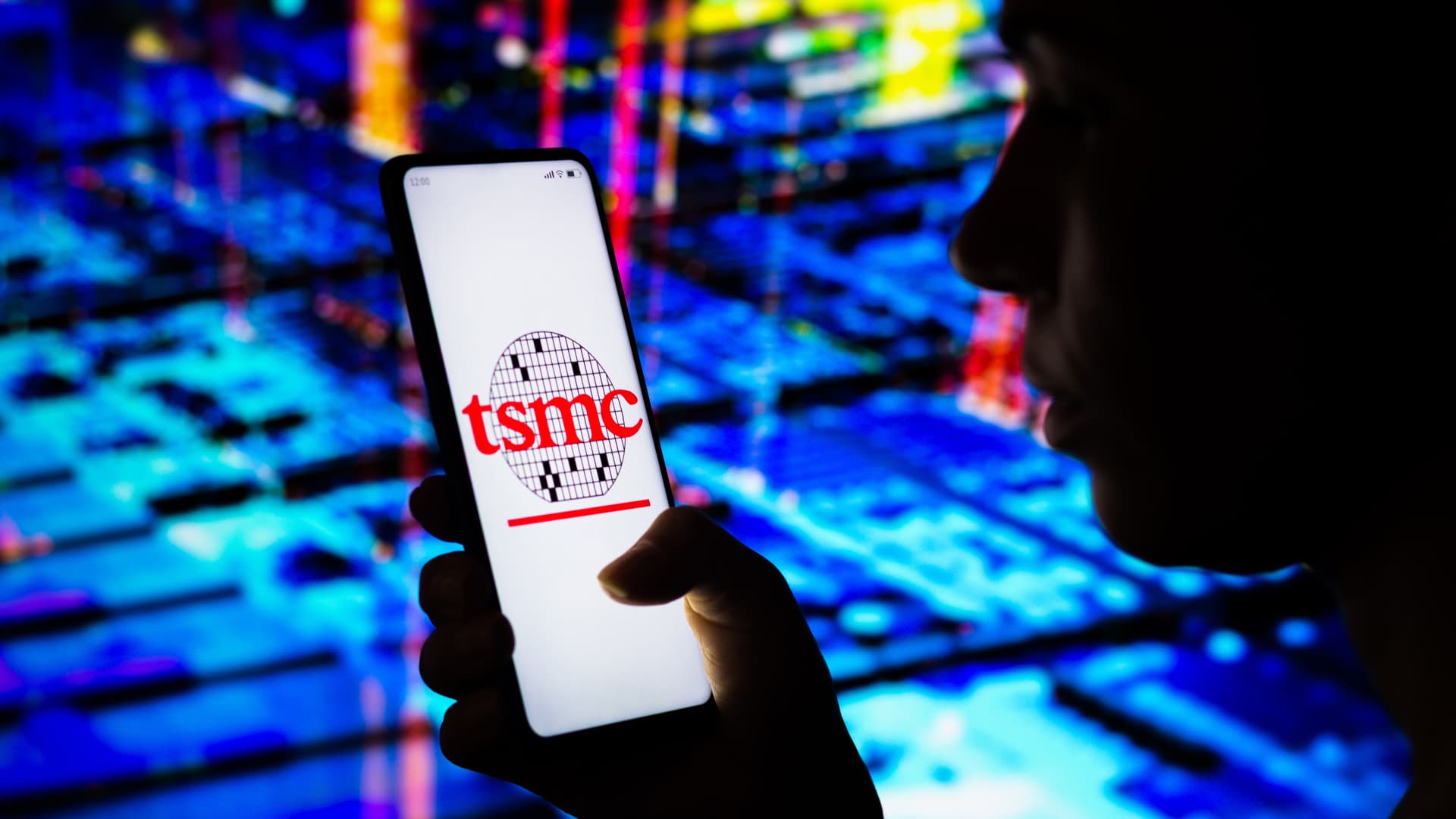The Asia-Pacific gas market has suffered another blow after major natural gas producer Australia signaled it could potentially cut down liquified natural gas exports as the region battles tight gas supplies, high prices and competition from gas-short European buyers.
Australia is looking to trim its overseas sales in favor of domestic consumption ahead of a projected shortfall in local supplies next year
As energy protectionism takes hold globally, last week, the Australian Competition and Consumer Commission called on Canberra to protect domestic gas supplies and curb LNG — cooled natural gas — exports after projecting the east coast of the country could face a shortfall of 56 petajoules of gas next year.
For months, the Asia-Pacific region has faced competition for fuel from European buyers looking to replace restricted Russian gas.
These European countries, in scrambling for LNG to mitigate a shortage of pipeline gas ahead of the northern winter, have outbidden some less developed Asian countries.
“To protect energy security on the east coast we are recommending the Resources Minister initiate the first step of the Australian Domestic Gas Security Mechanism (ADGSM),” ACCC Chair Gina Cass-Gottlieb said last week.
“We are also strongly encouraging LNG exporters to immediately increase their supply into the [local] market.”
A liquefied natural gas tanker berth in Japan, on Dec. 17, 2021. Should Japan ever exit the Sakhalin energy projects in Russia and their stakes were acquired by Russia or a third country, this would weaken the effectiveness of Western sanctions and benefit Russia, Japan’s industry minister said on Friday.
Kiyoshi Ota | Bloomberg | Getty Images
Most of the gas used on Australia’s east coast is produced by companies that are also LNG exporters to Asia-Pacific and other countries. The ADGSM stops these producers from exporting LNG if there is a shortfall domestically.
While most LNG sales to overseas buyers are made through long-term contracts, Australian LNG producers also sell ad-hoc and non-contracted LNG on the spot market. Countries without the ability to strike competitive long-term contracts are forced to buy them on the spot market.
It is this LNG supply that the ACCC says producers should avoid selling to the overseas market — currently flushed with gas-starved buyers — and save it for local consumers.
Gas lobby group the Australian Petroleum Production & Exploration Association however has assuaged markets, saying despite the ACCC warning, there is more than enough gas next year and that there has never been an actual shortfall previously.
“It’s certainly been the case throughout the existence of the export industry, that there has been a surplus of gas into the domestic market. So we have been able to achieve both. We don’t go for the idea that it is one or the other,” acting chief executive Damian Dwyer told CNBC’s “Squawk Box Asia” on Tuesday.
“There’s been significant investment into the export industry. And that investment has brought on significant domestic supply. One complements the other.”
But if the mechanism is successfully invoked, new supply and price pressures will be felt by the region’s biggest LNG buyers such as Japan and South Korea as well as newcomers to LNG imports such as the Philippines, analysts say.
LNG prices have soared nearly 80% since before the Ukraine war started in late February, according to the Platts JKM pricing index.
“Since April, there had been no [spot] tend sales from the three major LNG export facilities on Australia’s east coast, indicating that some exports were slowing down,” S&P Global Market Intelligence APAC LNG pricing regional manager Kenneth Foo said.
The Philippines is entering the global LNG market at a time of extreme uncertainty. Global LNG supply is constrained due partly to the Russian invasion of Ukraine, and LNG prices continue to hit record highs.
Sam Reynolds
Institute for Energy Economics and Financial Analysis
“The lack of spot availability from East Coast Australia could in turn further tighten LNG supply within the Asia-Pacific region, especially heading into peak winter demand season in the fourth quarter,” Foo said.
Developing Asian countries like Bangladesh and Pakistan have had to bow out of buying LNG on the spot market, Sam Reynolds, an analyst at the Institute for Energy Economics and Financial Analysis, said.
“Inability to procure LNG volumes in these countries has caused fuel shortages and blackouts, pushing countries to the brink of economic collapse,” he said.
The Philippines, a debutant to the LNG import market, will face tough conditions when it tries to import its first ever shipment of LNG, he adds.
“Inability to buy LNG at competitive rates could leave new terminals and LNG-fired power plants unused and stranded,” he said.
Such setbacks may derail the Philippines’ efforts to boost its LNG sector, already suffering from years of setbacks, Reynolds says.
While countries without long-term contracts like the Philippines may suffer, generally the region’s LNG supply is secure.
Proposed cuts are small
The proposed Australian cuts amount to roughly 14 LNG charges. This is a drop in the ocean of contracted charges shipped each month. In July, Australia exported 100 cargoes among over 300 cargoes shipped into Asia, Reynolds says.
“Cuts would only limit exports of LNG that is not sold under long-term contracts. This means that cuts would have minimal effects on buyers like Japan, Korea, and China, which buy 70% to 80% of their LNG via long-term contracts,” Reynolds said.
LNG markets have bigger problems than Australian curbs. Europe’s jostling for Asia-Pacific’s LNG supply remains the biggest threat, Reynolds says.
Consequently, the rise in energy prices globally have contributed to the surging inflation that many central banks are racing to rein in.
.




